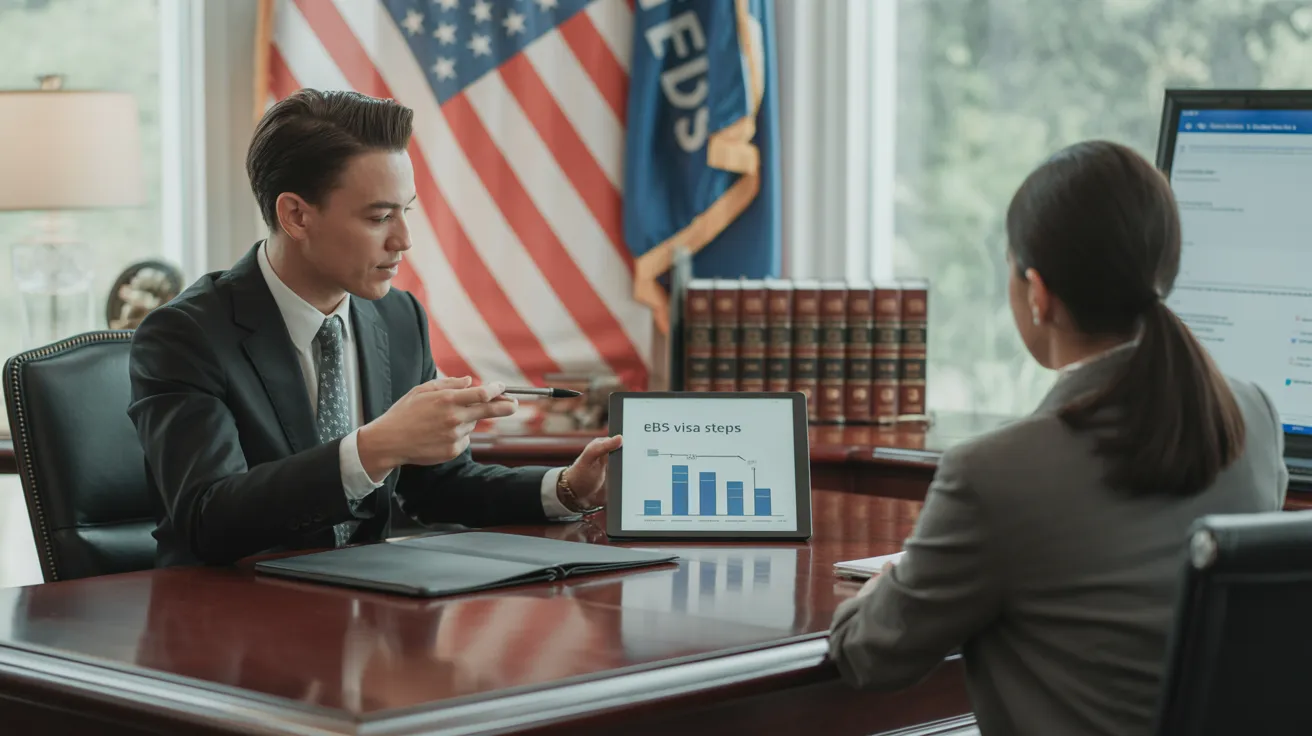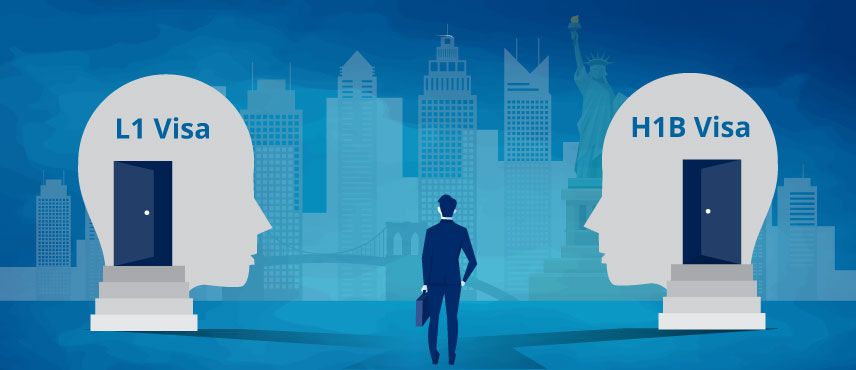The L1 Visa Statements
Table of ContentsThe Basic Principles Of L1 Visa An Unbiased View of L1 VisaL1 Visa for BeginnersLittle Known Facts About L1 Visa.Indicators on L1 Visa You Need To KnowSome Known Questions About L1 Visa.
Available from ProQuest Dissertations & Theses Global; Social Science Premium Collection. DHS Workplace of the Inspector General. Obtained 2023-03-26.
United State Division of State. Gotten 2023-02-08. Tamen, Joan Fleischer (August 10, 2013).
The 45-Second Trick For L1 Visa
In order to be eligible for the L-1 visa, the international firm abroad where the Beneficiary was used and the U.S. company should have a certifying relationship at the time of the transfer. The various types of certifying connections are: 1.
Instance 1: Company A is integrated in France and utilizes the Recipient. Firm B is incorporated in the U.S. and intends to request the Beneficiary. Firm A has 100% of the shares of Firm B.Company A is the Parent and Company B is a subsidiary. Therefore there is a certifying relationship between the two firms and Firm B need to be able to sponsor the Recipient.
Firm A possesses 40% of Company B. The staying 60% is had and managed by Firm C, which has no connection to Business A.Since Firm A and B do not have a parent-subsidiary connection, Business A can not fund the Beneficiary for L-1.
Example 3: Business A is included in the united state and wishes to seek the Recipient. Business B is included in Indonesia and uses the Beneficiary. Firm A possesses 40% of Business B. The continuing to be 60% is possessed by Company C, which has no relationship to Business A. However, Firm A, by official contract, controls and complete takes care of Firm B.Since Firm An owns much less than 50% of Company B however handles and regulates the firm, there is a certifying parent-subsidiary partnership and Business A can sponsor the Recipient for L-1.
Not known Facts About L1 Visa
Affiliate: An associate is 1 of 2 subsidiaries thar are both had and controlled by the same parent or person, or possessed and managed by the same team of individuals, in generally the very same proportions. a. Example 1: Firm A is included in Ghana and utilizes the Beneficiary. Firm B is incorporated in the U.S.
Company C, likewise included in Ghana, owns 100% of Company A and 100% of Firm B.Therefore, Business A and Business B are "associates" or sister firms and a qualifying connection exists between both firms. Business B must have the ability to fund the Beneficiary. b. Instance 2: Business A is integrated in the united state
Business A is 60% had by Mrs. Smith, 20% owned by Mr. Doe, and 20% had by Ms. Brown. Firm B is included in Colombia and currently uses the Recipient. Company B is 65% owned by Mrs. Smith, 15% possessed by Mr. Doe, and 20% owned by Ms. Brown. Company A and Company B are associates and have a qualifying connection in 2 different ways: Mrs.
The L-1 visa is an employment-based L1 Visa law firm visa classification developed by Congress in 1970, enabling international business to transfer their supervisors, executives, or essential personnel to their United state procedures. It is generally referred to as the intracompany transferee visa.

Furthermore, the beneficiary has to have operated in a managerial, exec, or specialized staff member placement for one year within the three years coming before the L-1A application in the international firm. For new office applications, foreign work has to have been in a managerial or executive capacity if the beneficiary is coming to the United States to work as a manager or executive.
The Best Strategy To Use For L1 Visa

If approved for an U.S. business operational for even more than one year, the preliminary L-1B visa is for approximately three years and can be prolonged for an extra two years (L1 Visa). Conversely, if the united state L1 Visa law firm firm is newly established or has actually been operational for less than one year, the first L-1B visa is released for one year, with expansions available in two-year increments
The L-1 visa is an employment-based visa group developed by Congress in 1970, enabling international firms to move their supervisors, executives, or crucial employees to their united state procedures. It is commonly described as the intracompany transferee visa. There are 2 major sorts of L-1 visas: L-1A and L-1B. These kinds appropriate for employees hired in different placements within a business.
Our L1 Visa Statements
Furthermore, the recipient needs to have functioned in a managerial, exec, or specialized staff member setting for one year within the three years preceding the L-1A application in the international company. For new workplace applications, international employment has to have been in a supervisory or executive capability if the beneficiary is involving the USA to function as a supervisor or exec.
for approximately seven years to manage the operations of the united state associate as an executive or manager. If released for a united state company that has actually been functional for even more than one year, the L-1A visa is initially approved for up to 3 years and can be expanded in two-year increments.
If granted for an U.S. firm operational for greater than one year, the initial L-1B visa is for approximately three years and can be prolonged for an added 2 years. On the other hand, if the united state company is freshly developed or has been operational for less than one year, the preliminary L-1B L1 Visa process visa is released for one year, with extensions readily available in two-year increments.